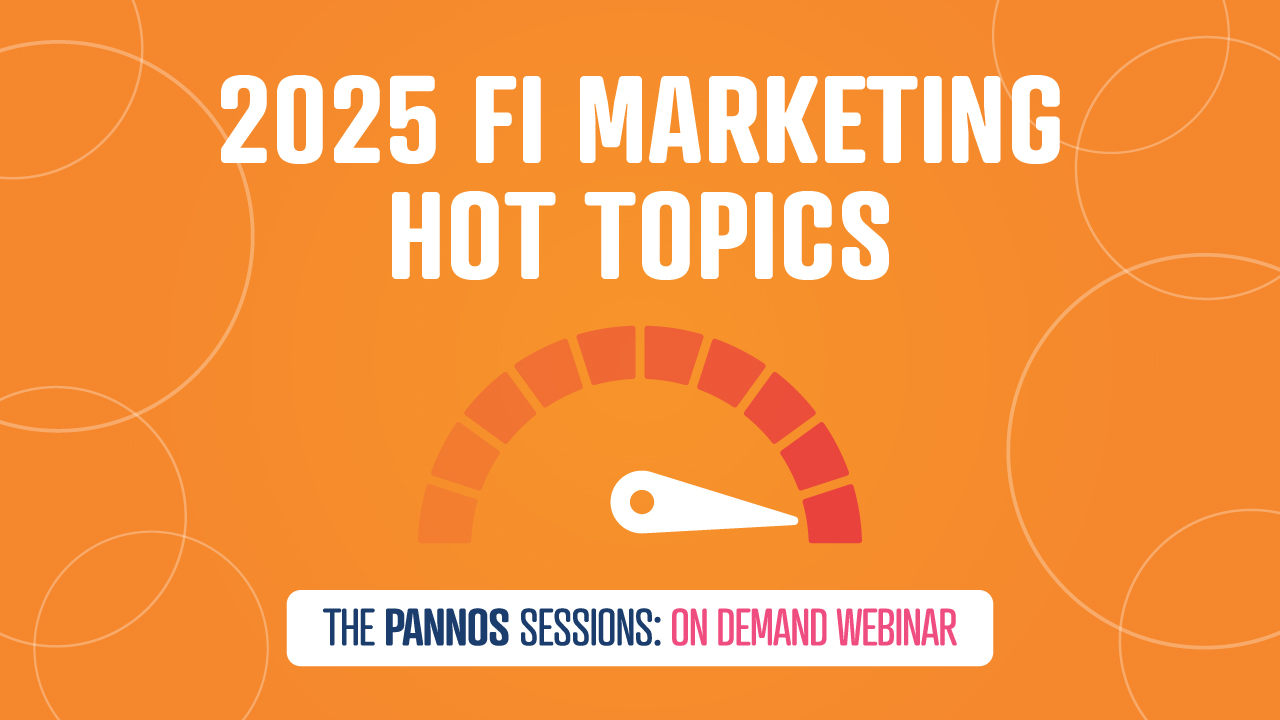
February 15, 2022
The power of digital marketing is that not only is it measurable, scalable and flexible, it can also take the guesswork out of when consumers want products.
Sure, there is something to the rise in auto loans around President’s Day and the “hotter” mortgage seasons in Spring and Fall, but it is not wise to build your digital strategy solely on these commonly held beliefs. To illustrate this a bit more directly, I'm going to walk through a few examples of the most common misconceptions:
- Insurance
- We all know that open enrollment for health insurance happens in the fall (for the most part), however insurance search trends (for all forms of insurance) increase in January in some markets. Why? Because most consumers don’t hunt for health insurance, they go through their employer. So to assume that the fall is a great time to run an insurance campaign might not pan out well based solely on open enrollment.
- Commercial Lending
- Typically institutions slow down on efforts over the Summer because of vacations, school being out etc., however in five counties in Illinois, Spring and Summer are by far the seasons with the highest amount of activity in businesses looking for loans and banking products.
- Mortgage
- Really fast, there’s never a bad time to run mortgage campaigns. There are absolutely the “best” time to run mortgage, which is most commonly Spring and Summer – in almost every market – but you also have to be prepared to pay more in these months because every advertiser is running during this time as well.
- HELOC follows this same pattern.
- Auto Loan
- Sorry to say, but Spring and Summer also tend to be the hottest seasons for Auto Loan in many markets. In some counties in New Hampshire, July searches outpace February by a fair bit.
"So Mel, what are you saying then?” Well, it’s time to really use data to drive your strategy! It doesn’t mean you can’t run a President’s Day special, or still do a print run in late Spring for HELOC, but make sure that you are using data to meet consumers where they are with the message they want. This is both good strategy and a great use of the limited dollars we all have.






